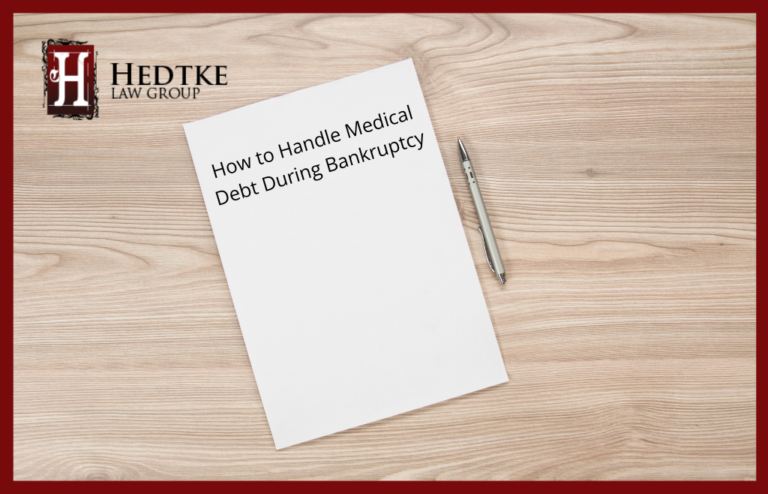
Debt has a way of turning the calendar into a scoreboard. Every month feels like another loss. When the balances won’t budge and the interest eats your income alive, bankruptcy isn’t failure—it’s strategy. Filing under the right chapter means protecting what matters and eliminating what doesn’t. The key isn’t just whether to file, but how.
Chapter 7: Wipeout for the Willing
Chapter 7 is designed for people with minimal income and debts that have no strings attached. Think credit cards, payday loans, and medical bills. If your financial life has been stripped to essentials, such as no second home, no valuable collectibles, no spare car, this chapter offers speed and simplicity. Most cases close within six months.
It also works for those who want to keep a car or house and are current on payments. Chapter 7 doesn’t pull the rug out from under stable assets if you’re not behind and willing to reaffirm the loan. If you’re being sued, facing garnishments, or just can’t make ends meet anymore, Chapter 7 can shut it all down and reset the board. It doesn’t promise to save everything. It promises to stop the bleeding.
Chapter 13: Restructure with a Plan
Chapter 13 takes a different approach: reorganize what you owe and create a 3- to 5-year repayment plan based on what you can afford. This chapter works best for people who still bring in steady income and have debts that can’t just be erased. That includes recent taxes, child support, and overdue car or mortgage payments.
It’s also the chapter for people who own assets they want to keep, even if those assets would be liquidated under Chapter 7. A second car, a rental property, or even valuable tools for work can be protected if your plan pays their equivalent value over time.
Chapter 13 also lets you stop foreclosure or repossession in its tracks. You won’t lose your home overnight. The automatic stay takes effect once you file, and the plan provides a structured timeline to help you catch up.
Which Fits Best, When
If you’re out of work and drowning in unsecured debt like credit cards and medical bills, Chapter 7 cuts cleanly. When there’s no meaningful income or property left to protect, a fresh start with no strings is the right play.
If you’re employed and falling behind on the mortgage but want to stop foreclosure, Chapter 13 builds a bridge. The same goes if you’re behind on car payments or owe debt that won’t disappear under Chapter 7, like certain taxes or support obligations. A repayment plan buys time and reduces risk.
If you’ve got assets worth protecting, maybe a second car or a small business toolset, Chapter 13 lets you hold onto what Chapter 7 would sell. The plan accounts for what you keep, but it’s still often cheaper than losing everything.
No One-Size-Fits-All Answer
The wrong chapter can cost more than the right one ever would. File Chapter 7 when you’ve got nothing left to lose and everything to gain. File Chapter 13 when time and protection matter more than instant relief. Both options are federal tools, built to reset your finances and protect your future. Use them wisely.
Filing on your own can backfire. A free consultation with Hedtke Law Group cuts through the guesswork. We’ve filed hundreds of successful bankruptcies across California and can tell you what fits your situation, not just what sounds good on paper. Book your call today and get out from under the weight.



